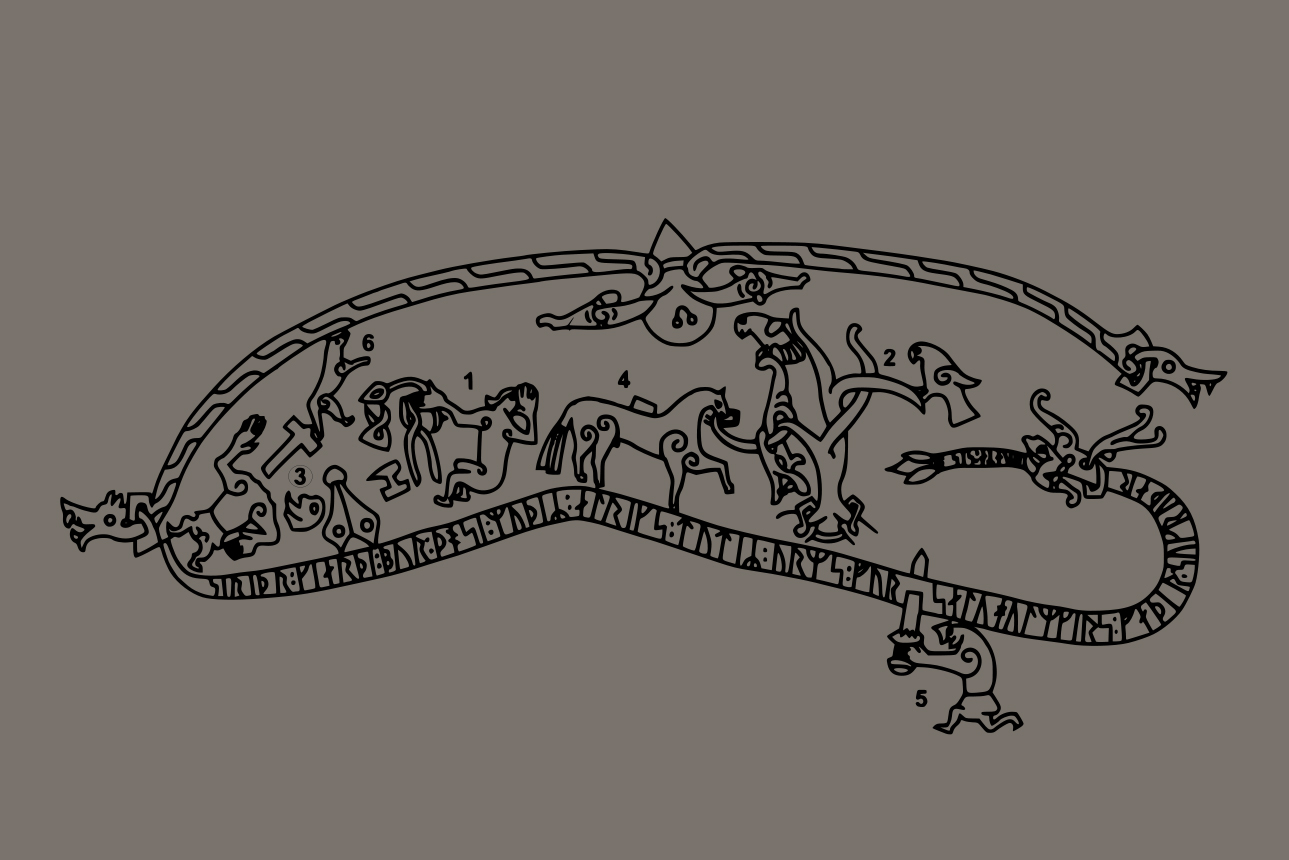The Old Norse idea of wilderness, landscapes and human beings differed radically from that of Latin and Christian Europe. A new study of ten narratives about wolves in the Old Norse-Icelandic poems, sagas and other texts offers valuable insights into this half-forgotten and complex world
Werewolves in Old Norse-Icelandic Literature. Between the Monster and the Man
By Minjie Su
Brepols 2023
ABSTRACT:
Focusing on a select group of Old Norse-Icelandic (were)wolf narratives – the Vǫlsunga saga, Gibbons saga, Sigrgarðs saga frækna, Sigrgarðs saga ok Valbrands, Ála Flekks saga, Úlfhams rímur, Tiodielis saga, Jóns saga leikara, and, on the Norwegian side, Bisclaretz ljóð and a short episode in Konungs skuggsjá this insightful book sets out to answer these questions by exploring how these texts understood and conceptualized what it meant to be human. At the heart of this investigation are five factors key to the werewolf existence or experience —skin, clothing, food, landscape, and purpose — and these are innovatively examined through a cross-disciplinary approach that carefully teases apart the interaction between two polarizations: the external and social, and the interior and psychological.
Through this approach, the volume presents a comprehensive new look at the werewolf not only as a supernatural creature and a literary motif, but also as a metaphor that bears on the relationship between human and non-human, between Self and Other. Moreover, this approach makes it possible to situate the Old Norse texts into a broader intellectual discourse that extends beyond medieval Iceland and Norway.
TABLE OF CONTENTS
Introduction
Werewolves in Old Norse-Icelandic Literature
Werewolves in the Franco-Latin Tradition
Texts in Focus
Goals and Structure
Chapter 1: Þeir fóru í hamina
The Werewolf’s Skin
The Skin’s Position in Werewolf Literature
The Skin’s Position in the Appearance-Essence Binary
The Skin of the Old Norse-Icelandic Werewolves
Ála flekks saga: A Case Study
From lupus to leprosus
Chapter 2: Klæddr eða Nokkuiðr
The Werewolf’s Clothing and the She-Wolf
The Clothes–Body Dynamics: The Man-Wolf
The Clothes–Body Dynamics: The Metaphorical She-Wolf
Dress: Definition, Classification, Function
From Naked to Clothed: The Knight
From Clothed to Naked: The Lady
Chapter 3: Et ek þeirra hold
The Werewolf’s Food and Food Taboo
What and How Does a Wolf Eat?
Food and Taboo: What Werewolf Does or Does not Eat
Tabooed Food and Tabooed Sex: The She-Wolf’s Appetite
The Scale of the Werewolf’s (Possible) Food: The Acceptable
The Point of No Return: Human and Horse Flesh
Chapter 4: Á skóg með hryggðum
The Werewolf’s Landscape and Mindscape
Theories and Tools: The Foundation
Mapping the Werewolf’s Mindscape: An Overview
Úlfhams rímur: A Tale of Generations
Úlfhams rímur: Dark Land, Dark Mind
Chapter 5: From Monstratus to Monstrare
The Werewolf’s Purpose
Classification of the Characters
(Were)wolf as Learner: monstratus
The Disguised Hero as Learner/monstratus, or the Werewolf’s Pupil
Wolf as Teacher: monstrare
The Konungs skuggsjá Werewolves: The Foundations
The Konungs skuggsjá Werewolves: Teaching (of) the wolf
Conclusion
What Can We Learn from the Wolf?
FEATURED PHOTO:
Drawing of the Ramsund carving from c. 1030, illustrating the Völsunga saga on a rock in Sweden. Source: Wikipedia
READ MORE:
